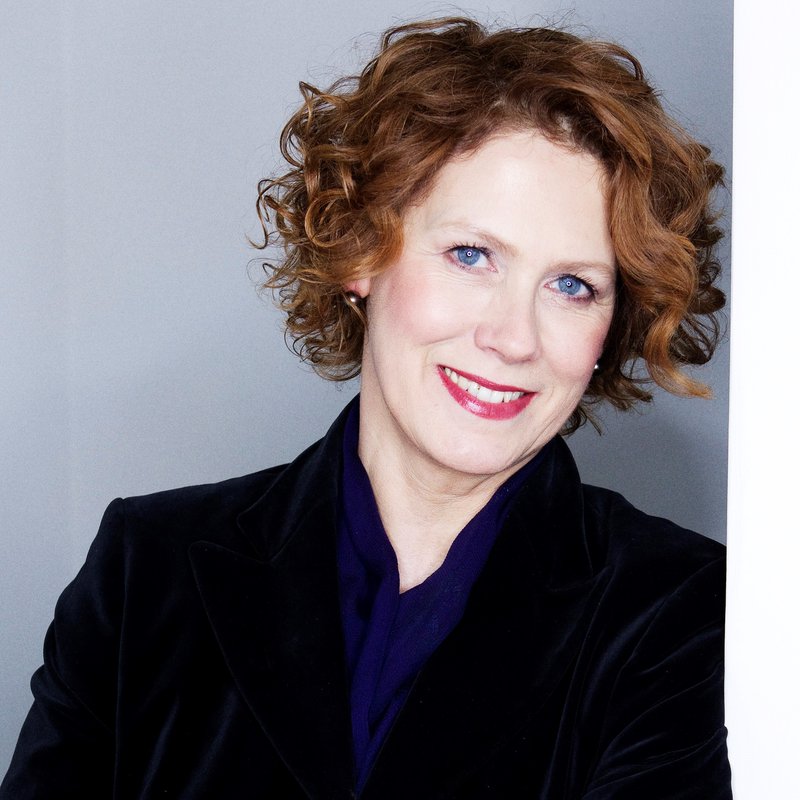Context is key as museums seek new meaning

Written by Elizabeth Ann Macgregor and published originally by The Australian, 30 August 2019.
The biggest question facing museum professionals, and one that will be discussed at the International Council of Museums conference in Kyoto next week, is the definition of a museum in a world that has changed radically since museums were established in the 19th century.
This is ICOM’s current definition, from 2007: “A museum is a non-profit, permanent institution in the service of society and its development, open to the public, which acquires, conserves, researches, communicates and exhibits the tangible and intangible heritage of humanity and its environment for the purposes of education, study and enjoyment.”
These words hark back to the days when museums were first and foremost repositories of cultural objects, put on display for the education of the public. Museums today are unrecognisable from their 19th-century counterparts so it is timely that ICOM would seek to update the definition.
The debate around what, or rather for whom, museums are for accelerated in the 1980s in Britain and the US. In Britain, the perceived elitism of the arts was under attack from a Thatcher government seeking to cut funding. This shift in policy, away from the consensus that supporting the arts was good for society, coincided with campaigns by artists to make arts organisations and museums more representative of contemporary society. Gender, cultural diversity and globalisation became issues of concern for museums, challenging their narrow focus. The case for greater inclusion led to rethinking the role of museums and their relationship to their communities.
The other challenge faced by museums is diminishing public funding and the need to raise income through commercial activities, philanthropy and sponsorship. Today it is hard to fathom the outcry that greeted the prestigious Victoria and Albert Museum’s attempt to change its image with the slogan: “An ace caff with quite a nice museum attached.” No museum is now complete without its food and beverage component.
The rise of philanthropy — unlike the US, where museums have always been dependent on private sector funding, this was new in much of Europe — and sponsorship have led to ethical concerns. What is new to all museums is the role of social media and the ability of activists to drive effective campaigns against sources of funding that they find distasteful, such as the recent campaign against BP’s sponsorship of the British Museum and the artist-led campaign against the funding by the Sackler family over its connection to the opioid crisis in the US. The complexity of these situations is underlined by the response from British Museum chairman Richard Lambert, who asked if the museum should also cease its relationship with banks that lend money to oil companies.
All museums face the challenge of staying relevant and perhaps it is this that has led to the recent concerns about the new ICOM definition. Relevant to whom? Museums must attract new audiences, especially younger audiences, with different expectations. At the same time they have a responsibility to their core audience, and the blending of the two is often a delicate balancing act.
ICOM received more than 260 responses to its call for a new definition and the proposal presumably reflects the overwhelming concerns of those who took the trouble to respond.
Some have seen the new definition — “Museums,” it begins, “are democratising, inclusive and polyphonic spaces for critical dialogue about the pasts and the futures” — as pandering to a new age of activism that will alienate as many as it embraces. But this raises the question of how a museum should reflect the current era. This is easier to answer for art museums, where the work will inevitably present ideas that deal with contemporary issues such as global warming and climate change, gender diversity and immigration.
But there is a lot of art that isn’t issue-driven and museums that present only issue-based work are unlikely to find the level of audience expected. Museums can and should engage with their communities in all kinds of ways, providing inspiration as well as provocation. Audiences have become active participants, not passive consumers.
In November, the Museum of Contemporary Art will host the annual conference of the International Committee for Museums and Collections of Modern Art (CIMAM). The theme of the conference is The 21st Century Art Museum: Is Context Everything? Directors and curators from around the world will address the evolving relationship between core practices, values and the responsiveness of museums to context in their drive to remain relevant, innovative and accessible. No doubt this international debate on the definition of a museum in the 21st century will be discussed and raise questions about the way we see art today.
Elizabeth Ann Macgregor is director of the Museum of Contemporary Art in Sydney, a member of ICOM and the President of CIMAM.
→ ICOM, 25 July 2019. ICOM announces the alternative museum definition that will be subject to a vote